I am trying to make a charge pump for a project of mine. I'll be using some spare transistors I salvaged from an old tube TV and I intend to use the increased voltage for a high-side gate driver for an N-MOSFET which I salvaged from the same TV.
I'm intending to make a buck converter basically, to convert 12V into an adjustable 5-10V up to 1.5 A current with the help of feedback to an Arduino.
These are the components I have in hand for this project, some taken from said TV:
- 10x C1815Y transistor
- 2x D13007K transistor
- 1x BD139 transistor
- 1x JCS7N60 MOSFET (it has quite a bit of ON-resistance, 1Ω)
- 2x SBL2030CT diodes (each has two diodes in a 3-pin package so 4x?)
- 9x 998Ω resistors
- 2x 5kΩ resistors
- 10uF 50V, 100uF 50V, 300uF 200V, 1400uF 16V electrolytic capacitors.
I don't have much experience with electronics, so I don't know what to expect. I have already run some simulations on LTSpice and it seems to work but I used other component models as I couldn't find any models online for those specific components.
I'm still kind of worried, especially about the risks of damaging my Arduino which I'll use as my PWM source.
Here's the schematics of what I'm planning to do for the charge pump:
Here's the high-side driver (almost a copy of the charge pump)
Buck converter circuit:
Update
@Andyaka suggested that I connect the cathode of D3 onto the pump capacitor to save 3 transistors and 3 resistors.
I have tested in the simulation and it works perfectly. which raises another question.
How is this circuit starting if the pump depends on the mosfet being able to switch and the mosfet depends on the higher voltage to switch? it sounds like a chicken and egg problem but somehow it works?


